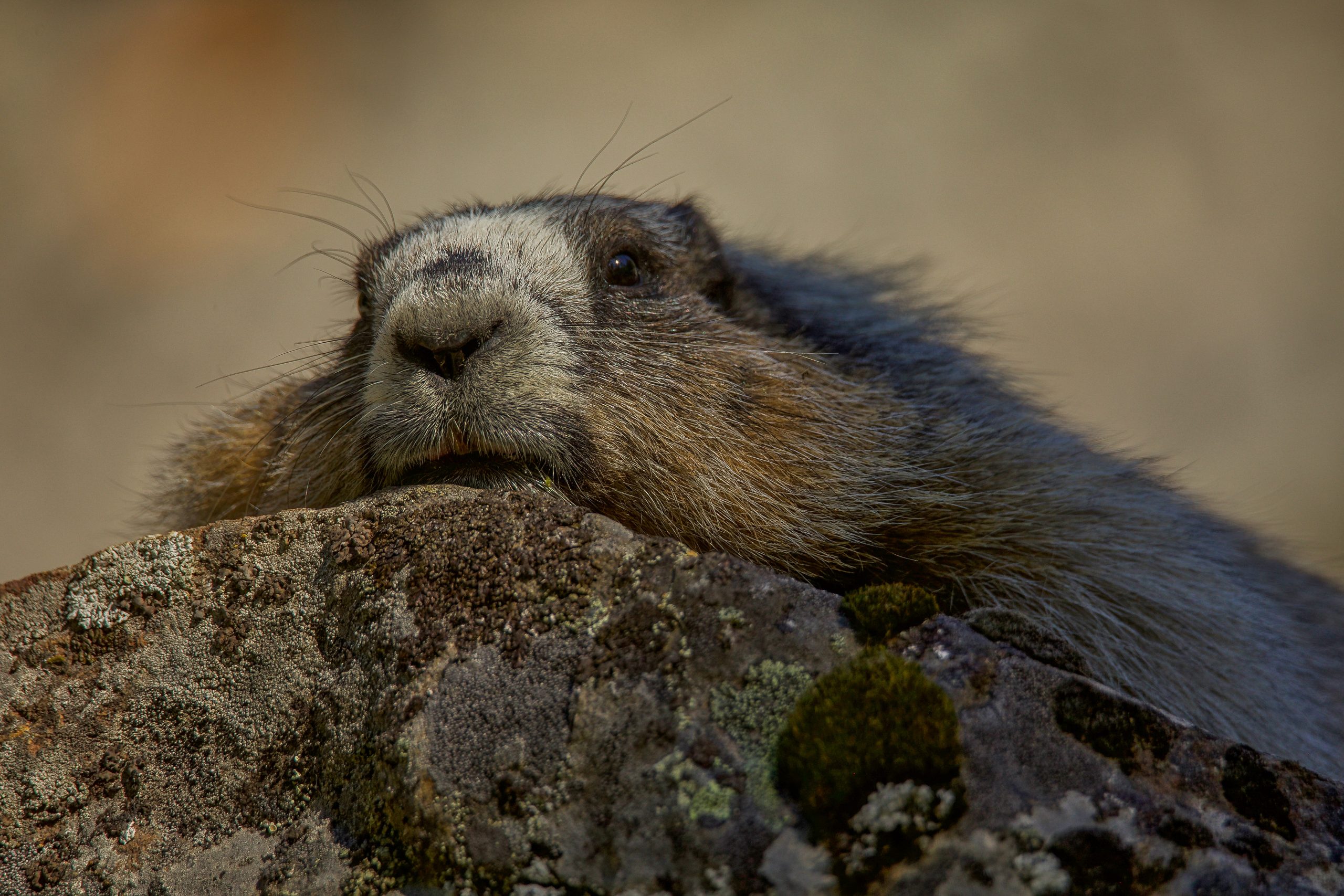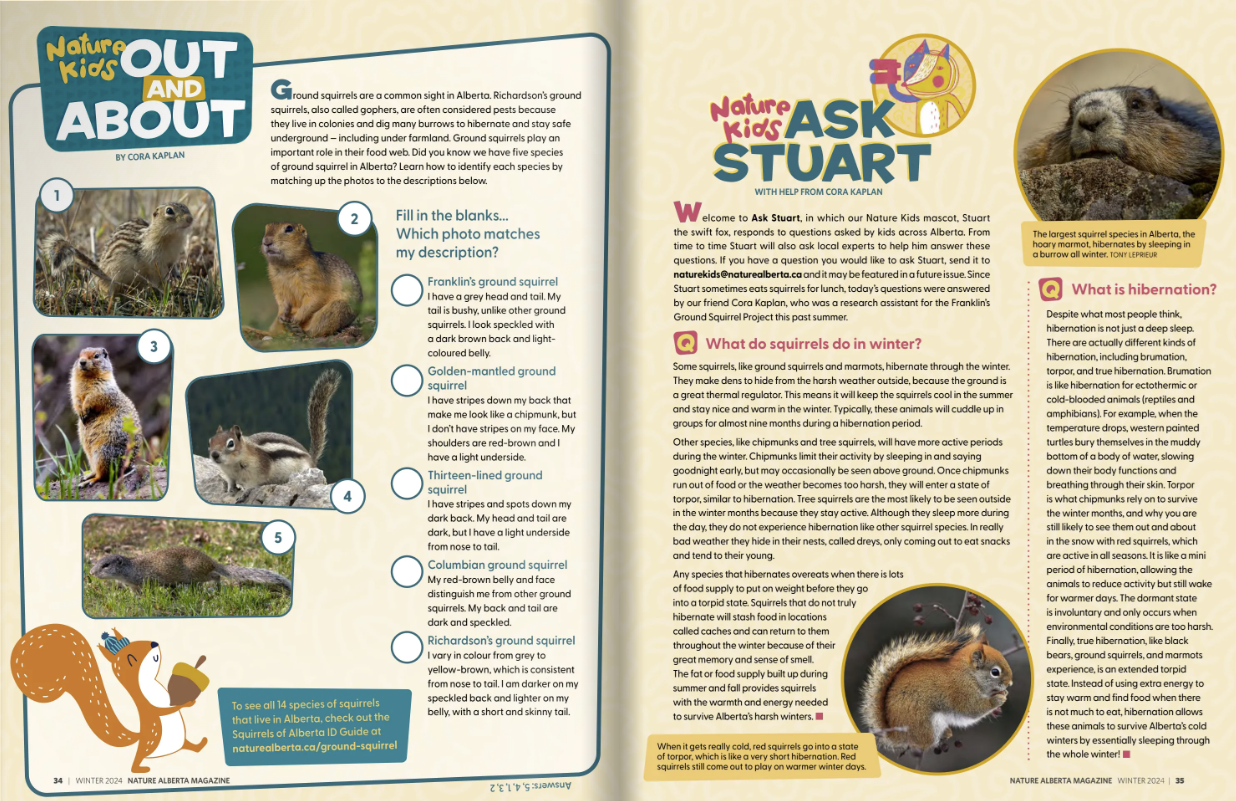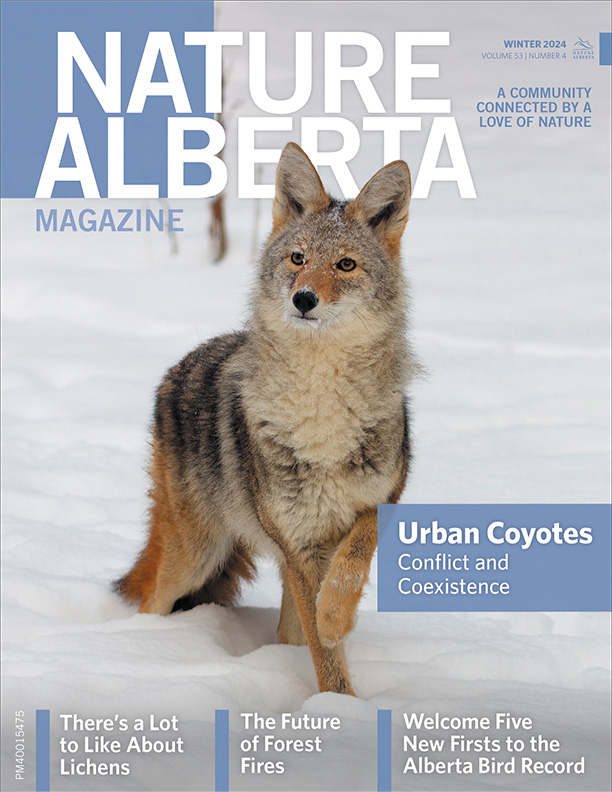What is hibernation?
20 February 2024

BY CORA KAPLAN
Despite what most people think, hibernation is not just a deep sleep. There are actually different kinds of hibernation, including brumation, torpor, and true hibernation. Brumation is like hibernation for ectothermic or cold-blooded animals (reptiles and amphibians). For example, when the temperature drops, western painted turtles bury themselves in the muddy bottom of a body of water, slowing down their body functions and breathing through their skin. Torpor is what chipmunks rely on to survive the winter months, and why you are still likely to see them out and about in the snow with red squirrels, which are active in all seasons. It is like a mini period of hibernation, allowing the animals to reduce activity but still wake for warmer days. The dormant state is involuntary and only occurs when environmental conditions are too harsh. Finally, true hibernation, like black bears, ground squirrels, and marmots experience, is an extended torpid state. Instead of using extra energy to stay warm and find food when there is not much to eat, hibernation allows these animals to survive Alberta’s cold winters by essentially sleeping through the whole winter!
Read the Original Article for this Post
For a richer reading experience, view this article in the professionally designed online magazine with all images and graphs in place.
This article originally ran in the Winter 2024 issue of Nature Alberta Magazine (Vol. 53 | No. 4).


